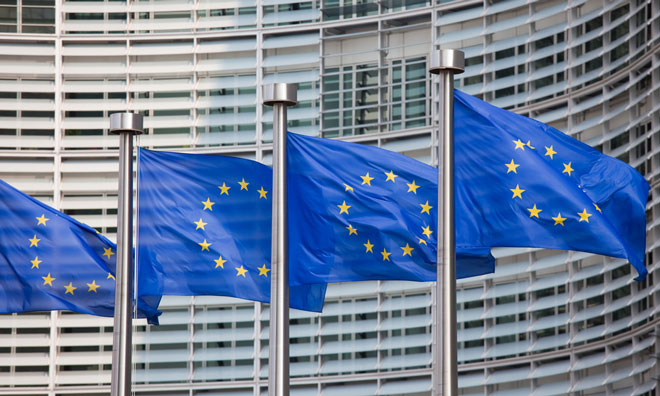Closer cooperation needed on food colour regulations between EU and US
Posted: 13 April 2017 | European Commission Joint Research Centre | No comments yet
New study suggests that EU and the US companies and consumers have much to gain from closer cooperation on food colouring.


How we perceive what we eat and drink is greatly influenced by food’s colour, which can be either natural, or enhanced in the production process. The European Commission’s Joint Research Centre (JRC), in close collaboration with the University of Stuttgart, has reviewed legislation applicable to food colours in the EU and the US. The review highlights the most important differences and suggests ways to increase regulatory coherence.
Rules on food colorants differ
The history of colouring food contains many examples of excessive use of toxic and harmful substances. Today, food colours are probably the most strictly regulated food ingredients all over the world, often requiring pre-market approvals and authorisations. However, the rules are not the same everywhere and therefore exporters need to reformulate their products for the intended marketplace and demonstrate compliance with the applicable rules. That creates an additional cost and could be considered as a barrier to trade. Failure to comply with these rules may give rise to claims of adulteration, misbranding or non-compliance and products may be rejected at the border or recalled from the market.
Comparing food colour regulations in the EU and the US
Scientists at the JRC and Stuttgart University have compared food colour regulations in the EU and the US in detail to find ways to reduce such barriers to trade. By overlaying the two sets of rules they illustrate some of the challenges exporters of processed foods are confronted with.
Many food colours approved in the EU are not approved in the US and vice versa. Restrictions for use are set for over 600 different colour additive-food category combinations in the EU while there are hardly any regulatory maximum limits set in the US.
On the other hand, the US does not allow adding colour at all in over 300 foods while only few food categories are entirely excluded in the EU. In addition, there is variation in food colour specifications and labelling requirements and the US requires all synthetic colour batches are certified by its administration before use.
The review concludes that regulatory coherence could be improved by aligning regulations better with the internationally agreed specifications and safety assessments.
Also mutual recognition agreements were considered as a viable option for reducing trade barriers. Finally, the trend towards colours from natural sources in the EU, and increasingly in the US, is expected to gradually reduce the need for reformulation of products for the export market on both continents.
As the study suggests, closer cooperation between regulators can be beneficial for consumers, businesses and regulators alike. Regulatory cooperation is not a new concept, and the EU is pursuing such regulatory dialogues with many partners around the globe, with two clear principles in mind:
- One, cooperation is only possible if the level of protection for citizens improves, or at least stays the same.
- Two, everything we do must be fully transparent and respect the independence of our regulators and of our respective domestic regulatory processes.
Only in this way, regulatory cooperation can bring real benefits on the one hand, and gain appreciation of our citizens.









